
Laboratory Balances
We understand that measurement accuracy is the foundation of every successful experiment and research endeavor. That’s why we specialize in providing top-quality laboratory balances that ensure precision, reliability, and ease of use. Whether you’re conducting complex research or routine testing, our curated selection of laboratory balances is designed to meet your specific needs.
Analytical Balances
An analytical balance is an extremely accurate measuring device utilized for determining the mass of small samples with exceptional precision and accuracy. Widely employed in scientific research, analytical chemistry, and quality control environments, these balances are crucial in scenarios where even minute weight fluctuations can exert notable impacts.
Why Choose Us
Laboratory Balances come in a range of capacities, from a few grams to several kilograms, allowing you to choose the model that best suits your specific application. Whether you’re weighing delicate samples in a research laboratory or handling bulk materials in an industrial setting, we have the right balance for you.
Durability is paramount in laboratory equipment, which is why our balances are built to withstand heavy usage. Constructed with high-quality materials and precision engineering, our balances are designed to endure the rigors of daily use in demanding laboratory environments.

Precision Balances
A precision balance is an advanced weighing instrument designed for highly accurate and meticulous measurements of mass. Commonly employed in scientific laboratories, research facilities, and industries requiring exacting measurements, precision balances offer a high degree of sensitivity and precision.
Electronic Balance
Electronic balances features advanced technology that ensures reliable and consistent measurements, making them ideal for a wide range of applications. Choose from various models offering different capacities and readability to find the perfect match for your specific requirements.
Customer Reviews: Discover What Customers Say.
Highly user-friendly and seamlessly integrates with other analytical equipment.
Great and easy to use, this balance provides better results than others. We use it for routine samples and various analytical studies.
Effortlessly precise and reliable analytical balances, trusted for years with exceptional results – a top recommendation.
Easy to use and calibrate. Provides accurate readings, and the glass doors ensure more stable measurements.
The equipment is easy to use but the sample holders come in limited size distribution. They could consider supplying multiple-size sample holders.
Textile and Floor Balance
Frequently Asked Questions About Laboratory Balance
How to Handle Samples When Weighing on a Laboratory Balance?
What distinguishes a Precision Balance from an Analytical Balance?
How often should a laboratory balance be calibrated?
What are the variances among the different types of balances?
Analytical and semi-micro balances offer exceptionally high accuracy and precision, typically with a readability between 0.00001g and 0.0001g. Equipped with draft shields, they excel in handling delicate samples. Precision balances share similarities with analytical balances but offer a readability between 0.001g and 0.1g.Beyond these, various other types cater to specific needs. Floor scales are ideal for larger samples, while bench scales suit smaller workspaces. Portable compact balances are convenient for frequent relocation. Moisture balances specialize in determining the moisture content of samples. These examples illustrate the diversity of commonly utilized balances.
What factors influence the accuracy of laboratory balances?
Why is an electronic balance the preferred choice for measuring mass in the laboratory?
How do Analytical and Precision Weighing Balances operate and what are their applications?
What weight capacity is needed and how frequently is it required?
In what environment will the balance or scale be used?
How to Clean and Maintain a Laboratory Balance?
Why is a laboratory balance such a important tool in laboratory ?
Laboratory balances play a pivotal role in measuring the mass of diverse substances and materials with exceptional accuracy. They find application across a spectrum of lab and manufacturing tasks, including weighing test materials, sample preparation, formulation, density and purity analyses, emissions testing, quality control, and material conformity testing, as well as routine pipette testing. Their significance in laboratories is multifaceted:
- Quality Control : Laboratory balances aid in preparing samples and standards necessary for product analysis, ensuring consistent quality and safety of intermediate and final products.
- Experimentation : They are indispensable in various scientific experiments, from chemical reactions to physical measurements, accurately measuring the mass of reagents and samples pivotal in many experiments.
When using a laboratory balance, what factors should be given top priority?
The accuracy of weighing results on a lab balance can be influenced by common factors :
- Location: Optimal placement of the balance is crucial. It should be situated on a stable, vibration-free surface in a draft-free environment. Avoiding direct light exposure and keeping it away from air vents contribute to accurate measurements.
- Physical Influences: Maintain consistent room conditions, including temperature (ideally constant) and humidity (ideally between 45% and 60%). Minimize electrostatic and magnetic interference to ensure precise results.
- Operation: Proper operation of the balance is essential. This includes maintaining thermal equilibrium by leaving the balance switched on, ensuring it is level, conducting regular calibrations and adjustments, starting each weighing with a zero display, placing samples in the center of the weighing pan, using appropriate tare vessels, opening draft shields only when necessary, and cleaning the balance thoroughly.



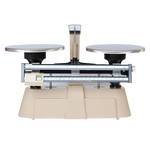






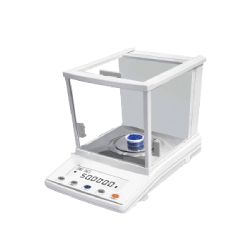


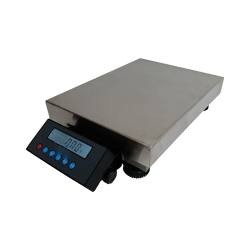

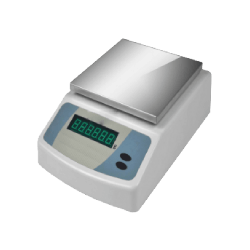
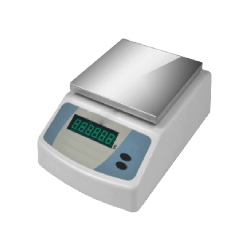




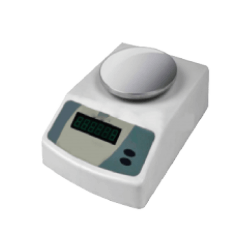











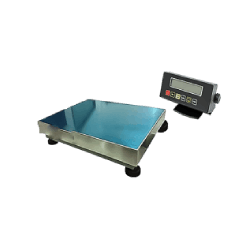
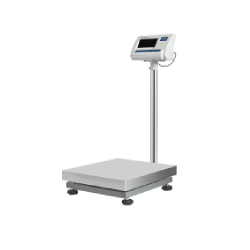


I’ll right awy clutch your rss feed as I can’t in finding your e-mail subscription hyperlink orr e-newsletter service.
Do you hazve any? Kindly permit me recognize
so that I may subscribe. Thanks. https://Menbehealth.Wordpress.com/
I’ll right away clutch your rss feed as I can’t in finding your e-mail subscription hyperlink or
e-newsletter service. Do you have any? Kindly permit me recognize so that I may subscribe.
Thanks. https://Menbehealth.Wordpress.com/
Rapid response time helps in fast-paced lab environments.
Setup was quick and easy, ready to use in minutes.
Overall, very durable and reliable balance.